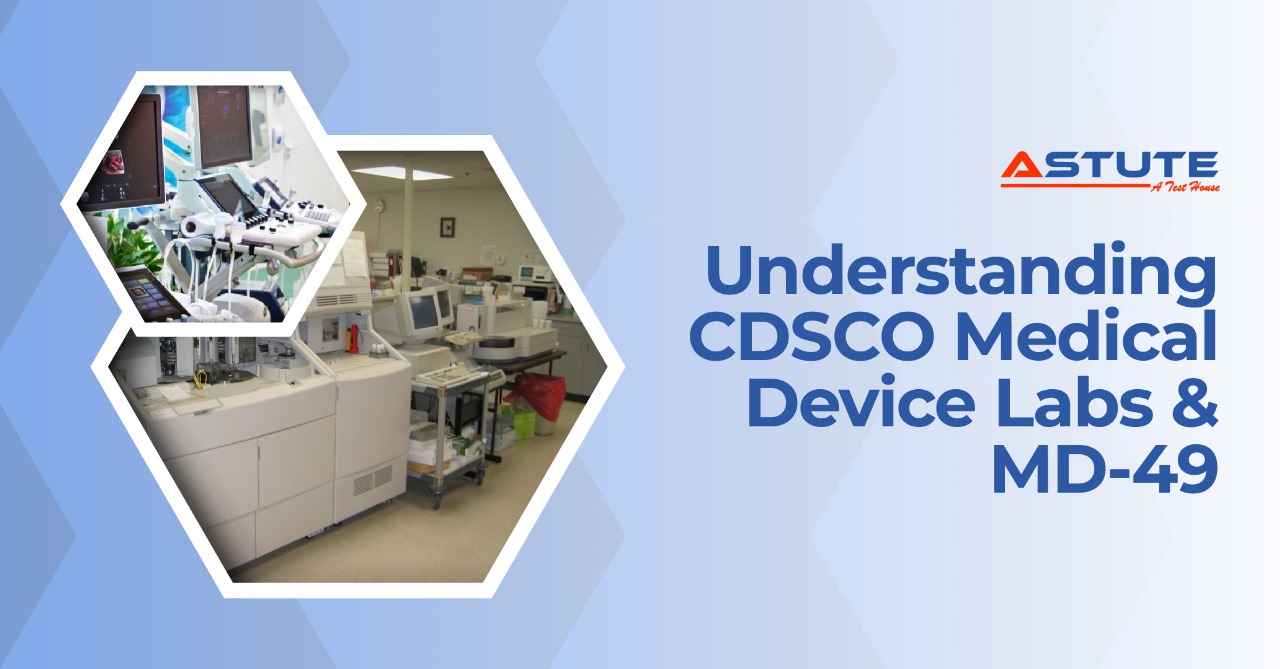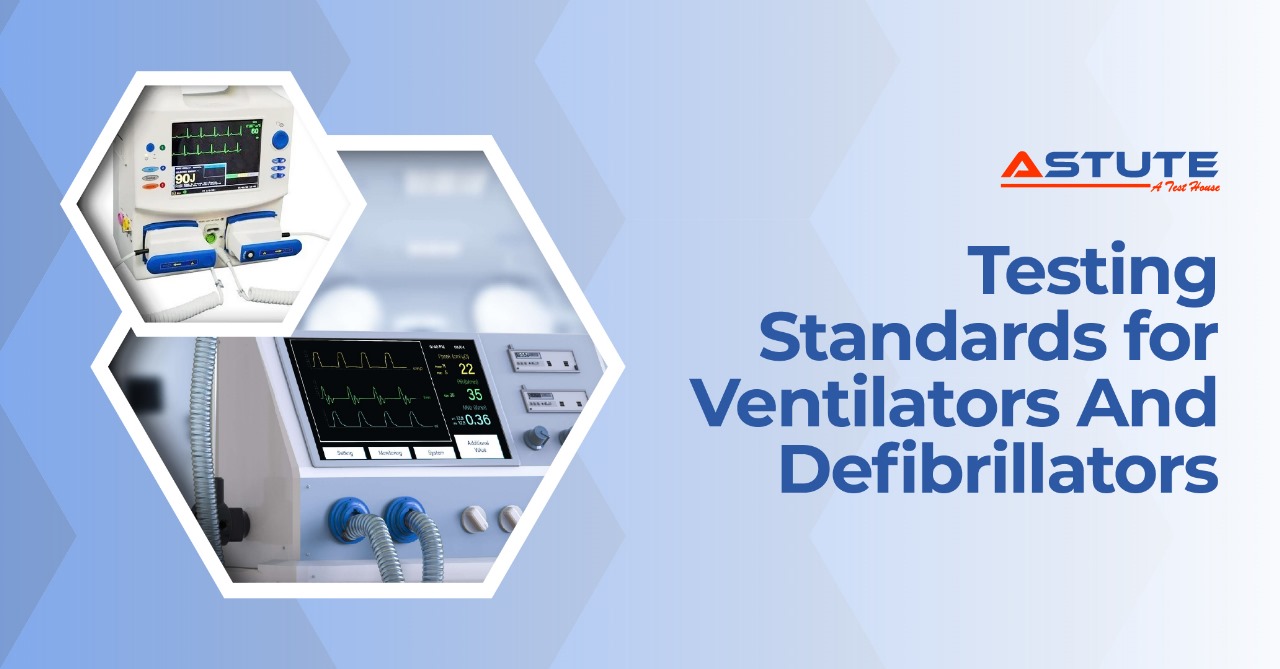Indian medical device manufacturers are entering a pivotal regulatory transition as BIS formally adopts IEC 60601-1:2020 under IS 13450:2024. This updated 4th Edition introduces a significant shift in how safety, electromagnetic compatibility (EMC), risk, and software are handled, particularly for devices regulated under CDSCO.
For manufacturers of patient monitors, ventilators, defibrillators, and other Class B, C, and D equipment, adapting to these changes is essential to avoid delays and revalidation.
Comparing IEC 60601-1 Editions: What’s Changed?
Feature | 3rd Edition | 4th Edition (IS 13450:2024) |
Device Classification | Life-support / Non-life-support | Use-environment based |
ESD Testing | 8 kV air / 6 kV contact | 15 kV air / 8 kV contact |
Essential Performance | Loosely defined | Clinically risk-linked definition |
Port-Specific Testing | Not mandatory | Required for all interfaces |
Software Validation | Basic PEMS controls | AI/ML lifecycle, cybersecurity, GMLP included |
Documentation | Test reports, IFU | Full technical file, EMC plan, risk traceability |
Risk-Linked EMC Planning and Test Execution
Compliance now starts with a robust Risk Management File (RMF) following ISO 14971. Every EMC test must be justified based on risk, and each test result must map to a specific hazard and mitigation. Essential performance functions must be clearly identified and clinically assessed.
Testing is no longer limited to general system behavior. Each interface, from USB ports to wireless modules, must demonstrate immunity according to its intended environment.
Our medical device testing services are aligned with this new standard, offering structured test plans and RMF integration to meet BIS and CDSCO expectations.
Human Factors, Software Risk, and Cybersecurity
The 4th Edition expands expectations around software safety, user interface design, and cybersecurity. Devices with programmable electrical medical systems (PEMS), particularly those incorporating AI/ML, must comply with Good Machine Learning Practices (GMLP), implement predetermined change control plans (PCCPs), and complete IEC 81001-5-1 cybersecurity assessments.
Human factors engineering is now part of formal usability risk assessments, requiring updates to alarm systems, labeling, and control interfaces. Learn how this applies to your devices in our post on electrosurgical analyzer testing.
Regulatory Timeline: 2025 Through 2032
Phase | Timeline | Key Actions |
Planning and Training | 2025 | Risk mapping, staff training, standard updates |
Design Review | 2026–2027 | EMC layout, firmware checks, usability testing |
Formal Testing | 2028–2029 | NABL-accredited testing, technical file preparation |
Market Transition | 2029–2032 | CDSCO filing using IS 13450:2024 |
Start with pre-compliance EMC testing to identify design issues early and reduce final testing failure risks.
Delayed Compliance Carries High Costs
Late adoption of the 4th Edition can delay CDSCO approvals by three to six months and increase costs by 20 to 30 percent due to redesign and repeat testing. Critical-care devices like infusion pumps and ventilators face stricter scrutiny. To reduce regulatory rejections, BIS and CDSCO filings should now reflect IS 13450:2024.
Why Astute Labs Leads in 4th Edition Testing
Astute Labs offers an end-to-end testing solution to 4th Edition readiness.
Build Your 4th Edition Roadmap With Confidence
Complying with the IEC 60601-1 4th Edition is no longer optional—it is a critical part of regulatory success in India. Astute Labs can help you define essential performance clinically, implement risk-based EMC test strategies, and prepare audit-ready documentation for submission to CDSCO and BIS.
Contact us today to get started on your 2025 compliance roadmap with guidance from a lab that understands the full regulatory lifecycle.
Frequently asked questions
01. Is IEC 60601-1 4th Edition required for CDSCO filing in India?
Yes. BIS has adopted it as IS 13450:2024, and new filings must align with it. CDSCO expects supporting documentation and testing accordingly.
02. What changes must I make to my current design?
Common updates include increasing ESD tolerance to 15 kV, filtering on ports, improved shielding, and clearer essential performance documentation.
03. How do I know if my testing lab is 4th Edition ready?
Ensure your lab is NABL-accredited for IEC 60601-1:2020 and IEC 60601-1-2:2020. Astute Labs offers testing under the latest BIS-adopted versions.




